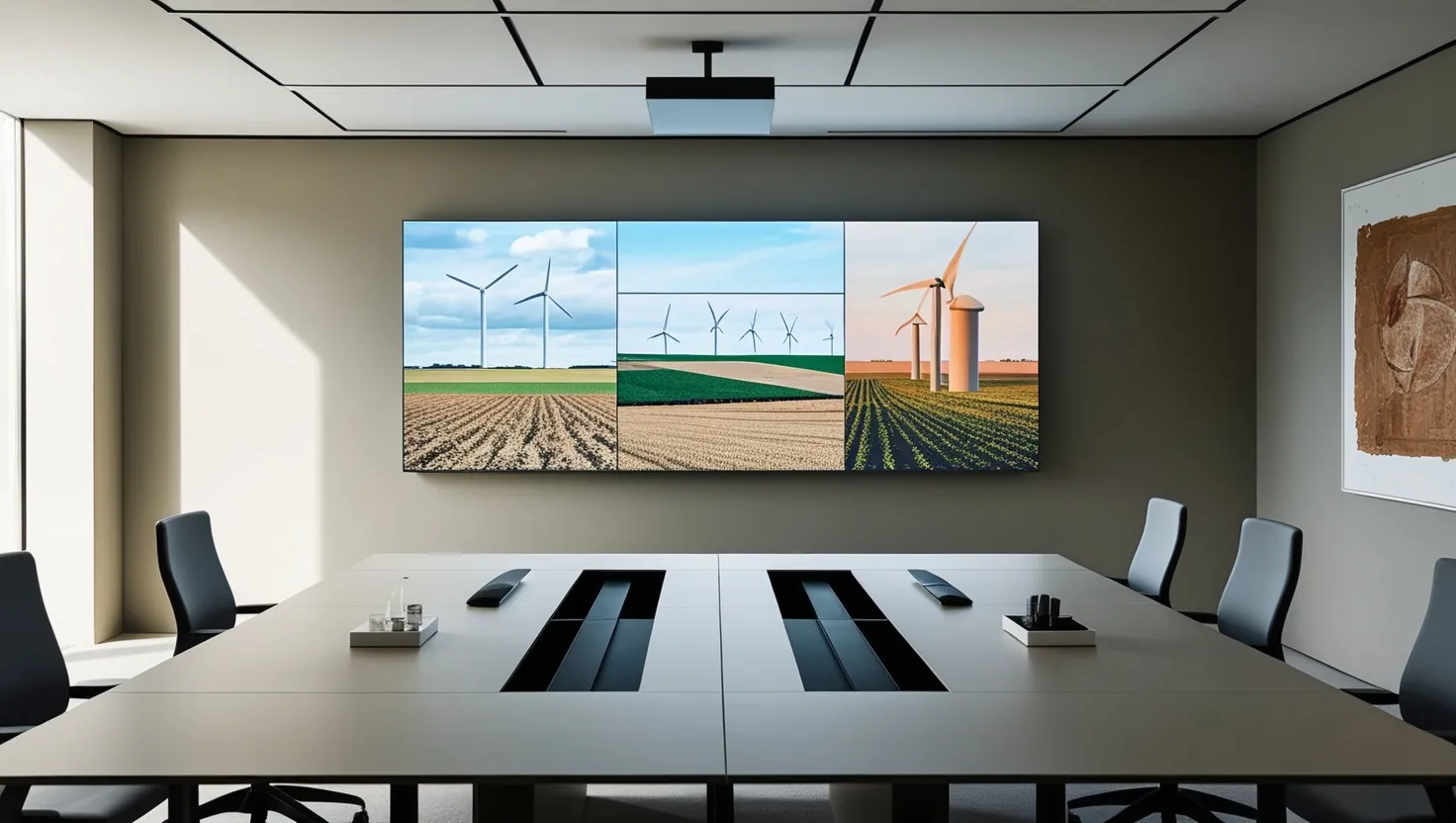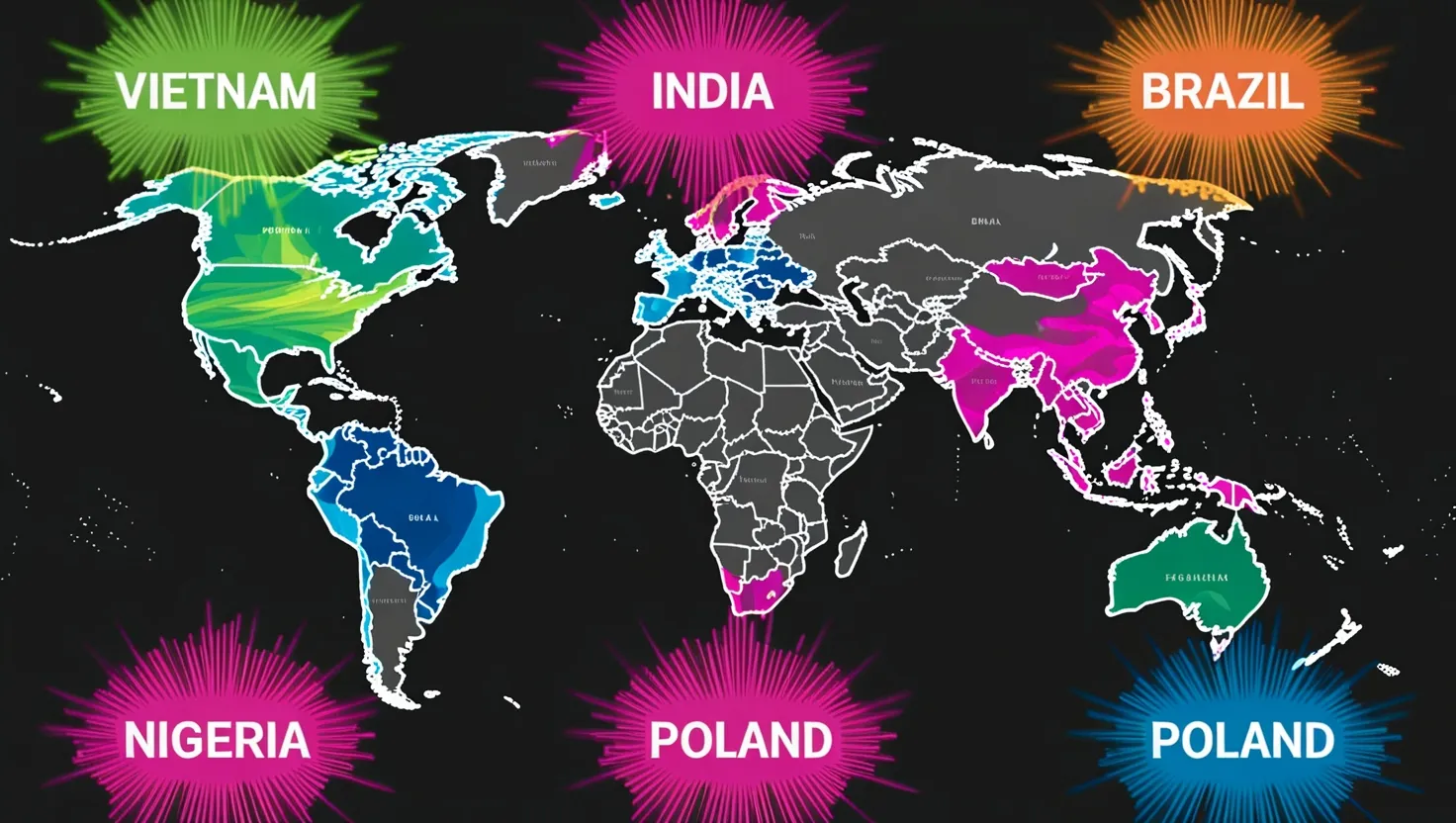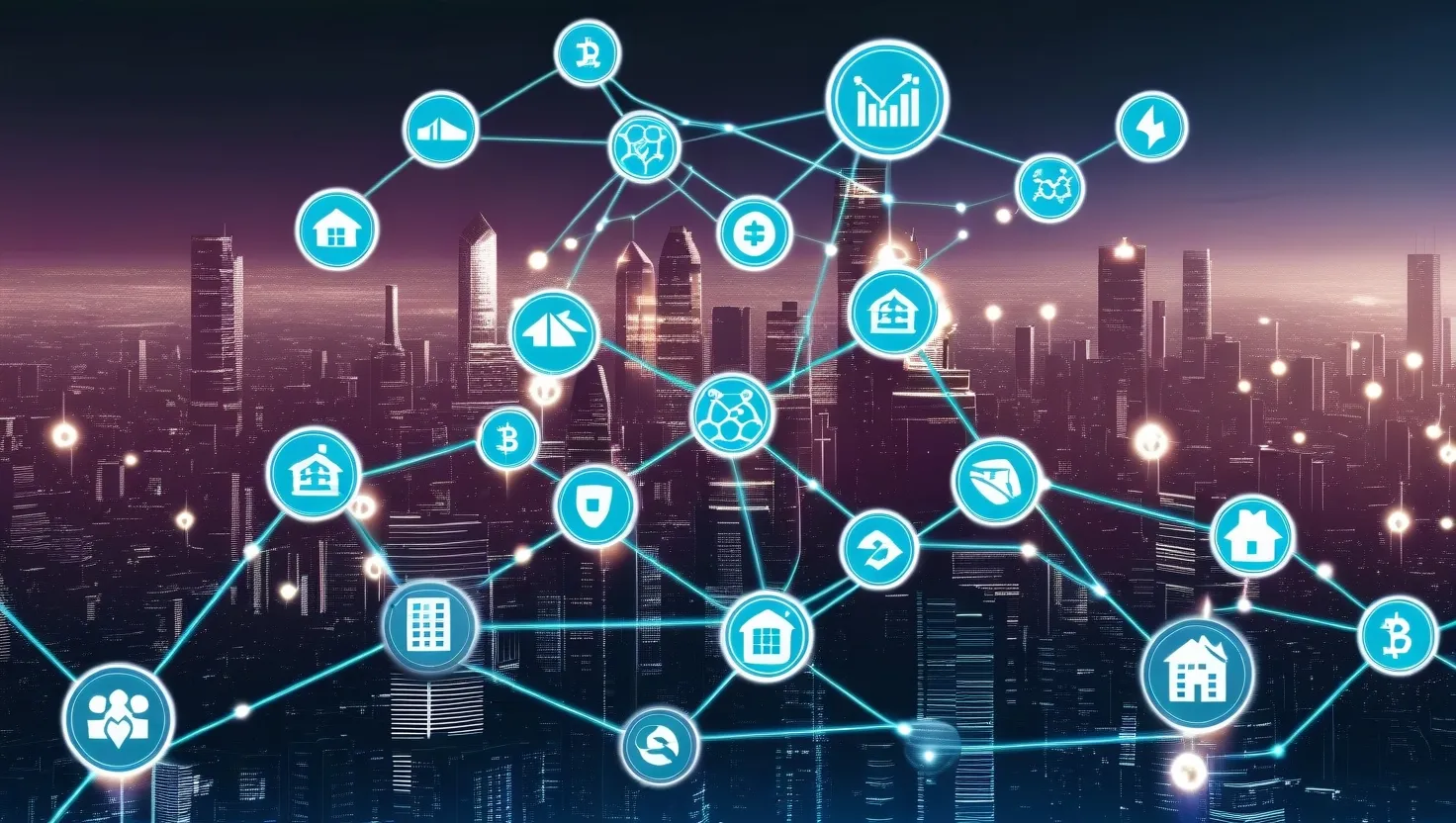In today's fast-paced world, convenience has become a prized commodity. From one-click purchases to on-demand delivery services, consumers are increasingly willing to pay a premium for products and services that save them time and effort. However, this pursuit of convenience often comes with hidden costs that extend beyond the price tag.
The rise of the convenience economy has transformed how we shop, eat, and live. With just a few taps on our smartphones, we can have groceries delivered to our doorstep, order takeout from our favorite restaurants, or stream endless entertainment options. While these services undoubtedly make our lives easier, they also impact our wallets, health, and the environment in ways we may not fully realize.
One of the most significant areas where convenience has reshaped consumer behavior is in the realm of online shopping. E-commerce giants like Amazon have set new standards for fast and free shipping, conditioning consumers to expect near-instant gratification. Research shows that fast and free shipping options are often more influential than price in online shopping decisions. The convenience of having products delivered quickly and at no extra cost can drive consumers to choose one retailer over another, even if it means paying a slightly higher price for the item itself.
This willingness to pay for convenience extends beyond just shipping. According to a Morgan Stanley study, more than half of consumers are likely to pay more for products or services that offer a substantial degree of convenience. On average, consumers are willing to pay a 5% premium for convenience, with younger and more affluent consumers willing to pay even more. Specifically, consumers aged 25-34 are willing to pay a 5.4% premium on average, and 21% of this group would pay a premium of 9% or more.
The food industry has been particularly transformed by the convenience economy. The popularity of food delivery services like DoorDash and Uber Eats has soared, despite the higher costs associated with delivery fees and markups. Consumers are often willing to pay significantly more for the convenience of having meals delivered directly to their homes rather than picking up the food themselves or cooking at home.
However, this convenience comes at a cost beyond just the extra fees. Relying heavily on takeout and delivery can lead to increased food expenses over time. A study by Which? found that shoppers who regularly buy groceries from local supermarket convenience stores instead of bigger supermarkets are likely to pay hundreds of pounds more over the course of a year. For example, buying the same 75 items at Tesco Express rather than a larger Tesco store or online would cost an extra £15.73 on average per week - amounting to £817.91 more over the course of a year.
The convenience economy has also given rise to subscription-based services across various industries, from streaming entertainment to meal kits and beauty products. While these services offer convenience and often seem affordable on a monthly basis, the cumulative cost can be substantial. Many consumers underestimate how much they're spending on subscriptions overall, leading to what financial experts call "subscription creep" - a gradual increase in monthly expenses that can strain budgets over time.
It's not just our wallets that feel the impact of convenience culture. The environment also bears a significant cost. The rise of on-demand delivery services has led to increased vehicle traffic and emissions, particularly in urban areas. Single-use packaging from takeout meals and online shopping deliveries contributes to growing waste problems. Additionally, the "fast fashion" industry, fueled by the convenience of online shopping and easy returns, has significant environmental impacts due to overproduction and textile waste.
Speaking of returns, the convenience of free and easy returns has become a double-edged sword for both retailers and consumers. While it encourages online purchases by reducing risk for shoppers, it also leads to increased costs for businesses and environmental impacts from additional transportation and packaging waste. Some retailers are now considering charging for returns or implementing stricter policies to mitigate these costs.
The health implications of the convenience economy are also worth considering. The ease of ordering fast food or pre-prepared meals can lead to less healthy eating habits. Additionally, the sedentary lifestyle promoted by having everything delivered to our doorstep can contribute to health issues related to lack of physical activity.
However, it's important to note that convenience isn't inherently negative. When used mindfully, convenience can free up time for more meaningful activities, reduce stress, and improve quality of life. The key is finding a balance and being aware of the true costs associated with our choices.
To make more informed decisions about convenience, consumers can take several steps. First, it's helpful to track spending on convenience services and subscriptions to get a clear picture of their financial impact. Many people are surprised to discover how much they're actually spending on these services when they add everything up.
Next, consumers can evaluate which convenience services truly add value to their lives and which ones might be unnecessary or easily replaced with more cost-effective alternatives. For example, cooking meals at home more often or doing grocery pickup instead of delivery can significantly reduce food expenses without completely sacrificing convenience.
It's also worth considering the long-term impacts of convenience choices. While paying a bit extra for convenience might seem insignificant in the moment, these costs can add up substantially over time. Thinking about the cumulative cost over a year or more can help put these expenses into perspective.
For businesses, understanding the value consumers place on convenience is crucial for developing effective strategies. Companies that can offer convenient solutions while also addressing concerns about cost, health, and environmental impact are likely to gain a competitive edge. This might involve developing more sustainable packaging options, offering tiered service levels to cater to different price sensitivities, or providing tools to help consumers make more informed choices.
The rise of artificial intelligence and advanced analytics is also playing a role in helping both consumers and businesses navigate the convenience economy. For consumers, AI-powered budgeting apps can help track and categorize spending on convenience services, making it easier to identify areas where costs might be creeping up. For businesses, AI and research algorithms can help determine the optimal pricing for convenience features, balancing consumer willingness to pay with profitability and other business objectives.
As we move forward, it's likely that the demand for convenience will continue to grow. However, there's also a rising consciousness about the true costs associated with this convenience. Consumers are becoming more aware of the environmental and social impacts of their choices, leading to a growing market for sustainable and ethically-produced convenience options.
In conclusion, while the convenience economy offers numerous benefits, it's important for consumers to be mindful of the true costs involved - both financial and otherwise. By making informed choices, we can enjoy the benefits of convenience without unknowingly sacrificing our financial health, physical well-being, or environmental sustainability. As the saying goes, there's no such thing as a free lunch - or in this case, a truly free convenience. The key is to find a balance that works for our individual needs, values, and circumstances, allowing us to enjoy the benefits of modern convenience while mitigating its potential drawbacks.






